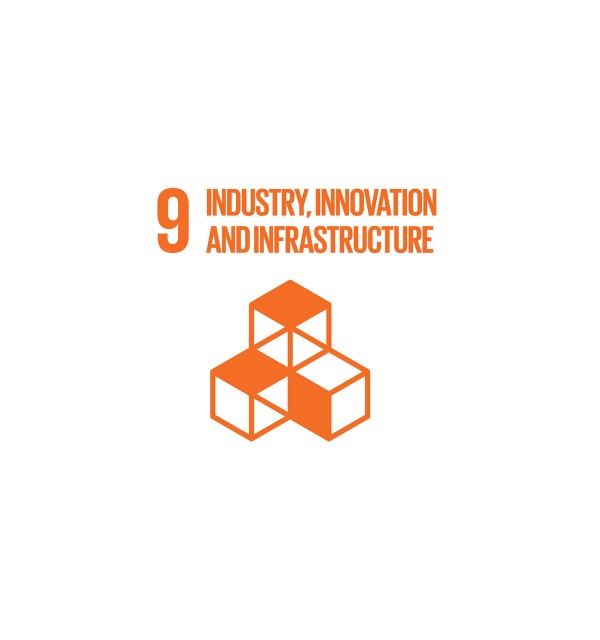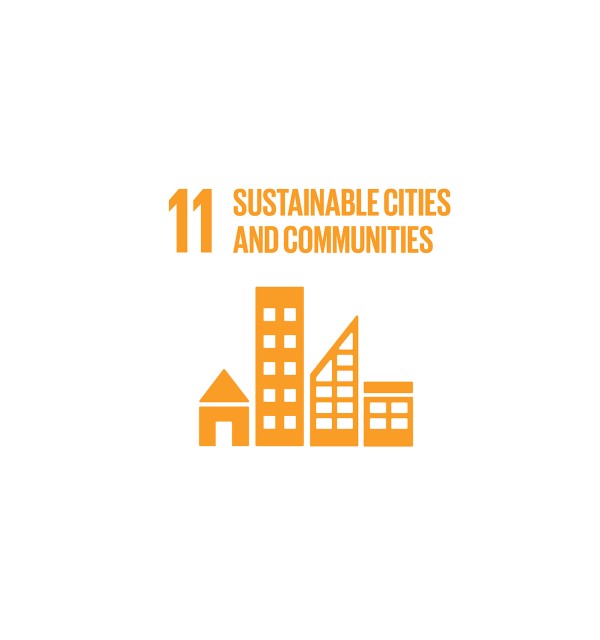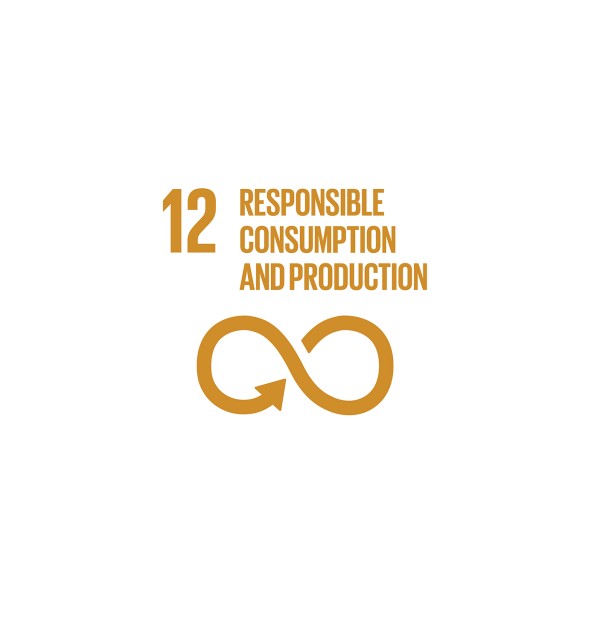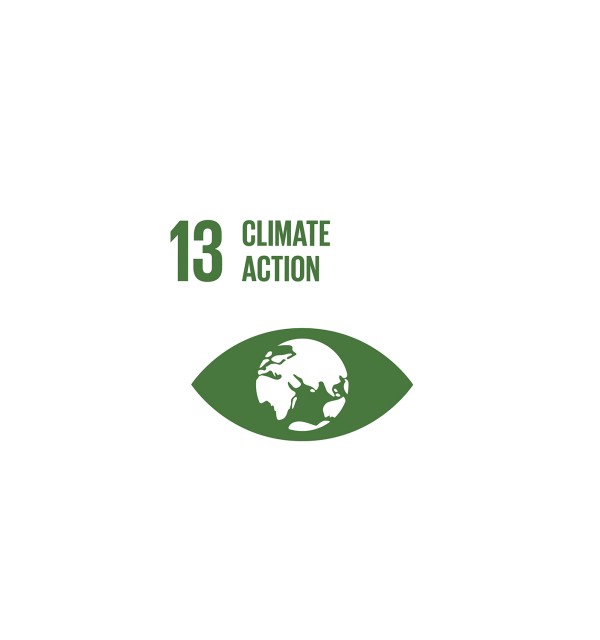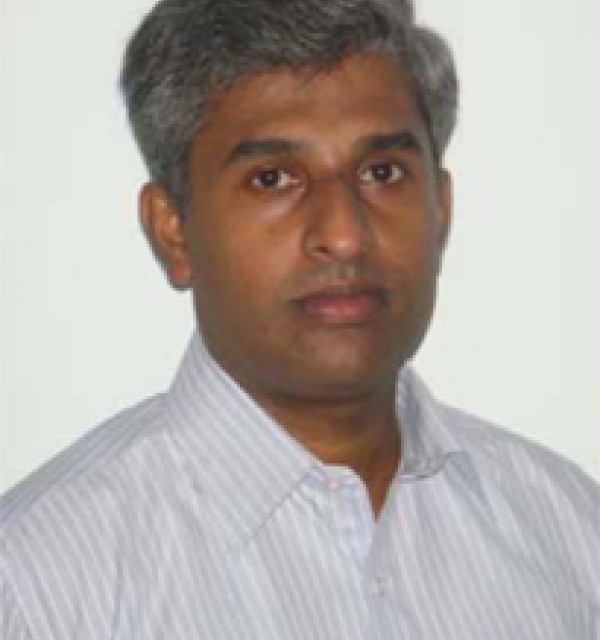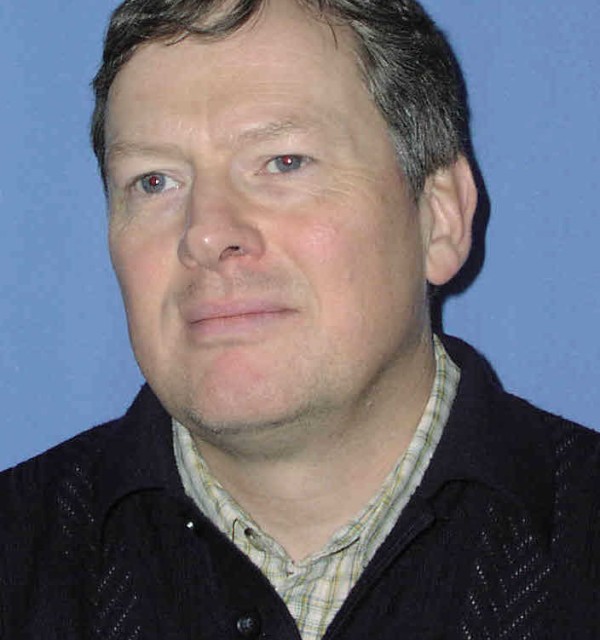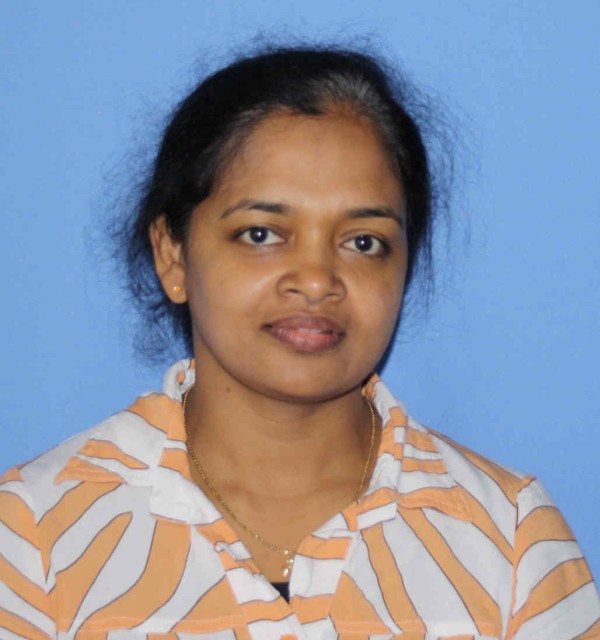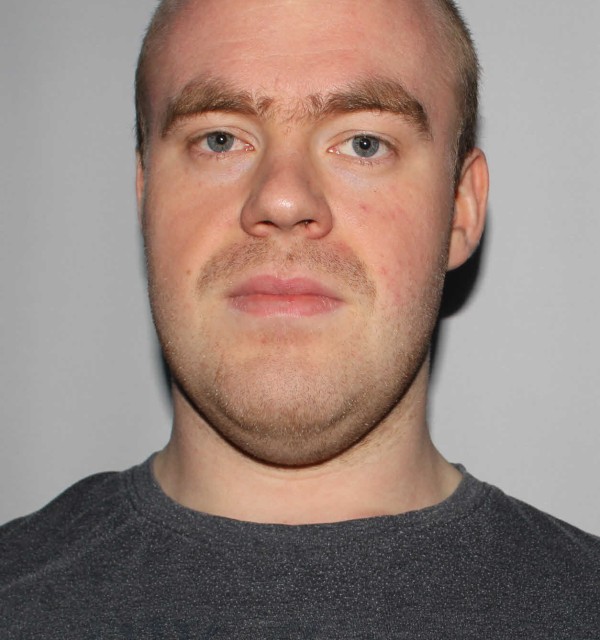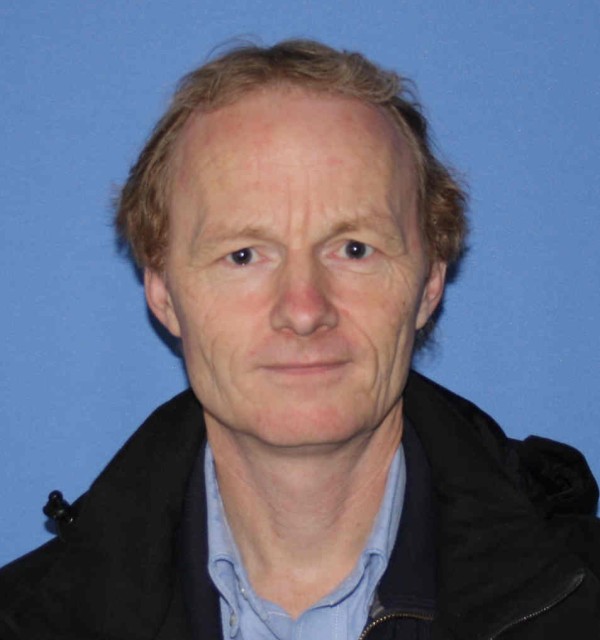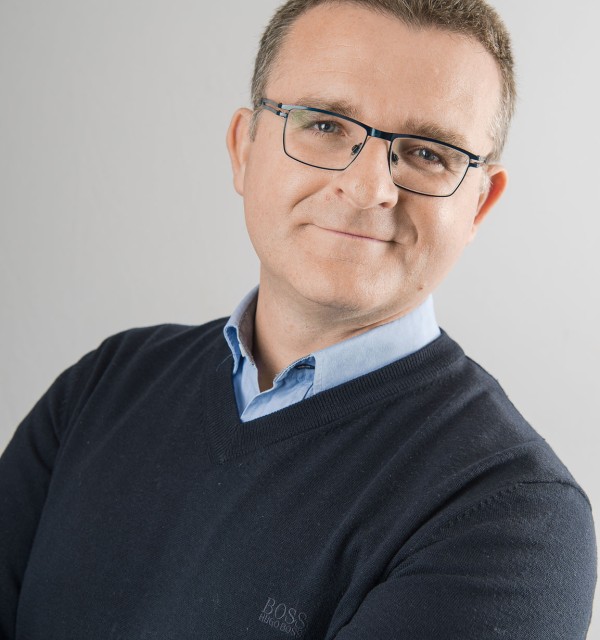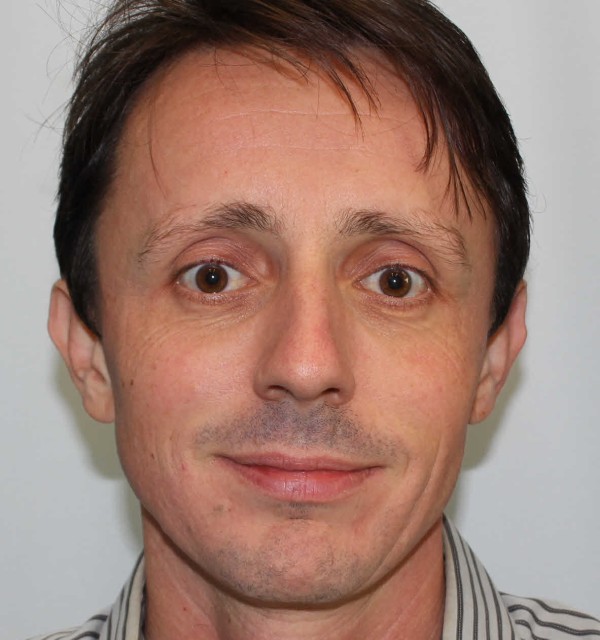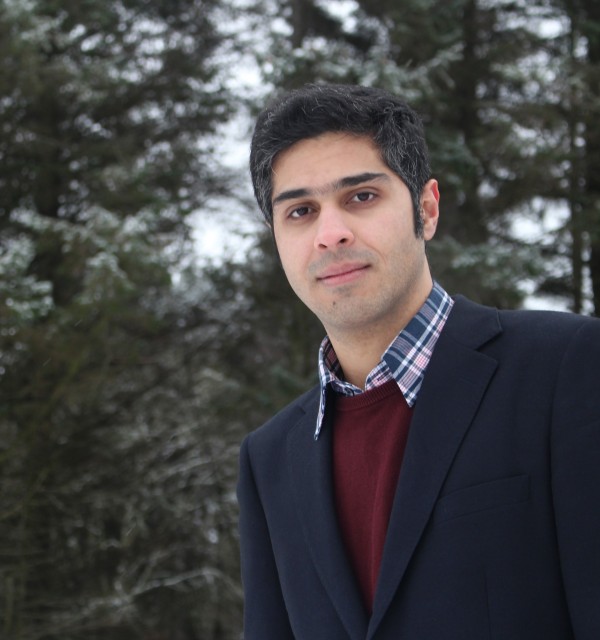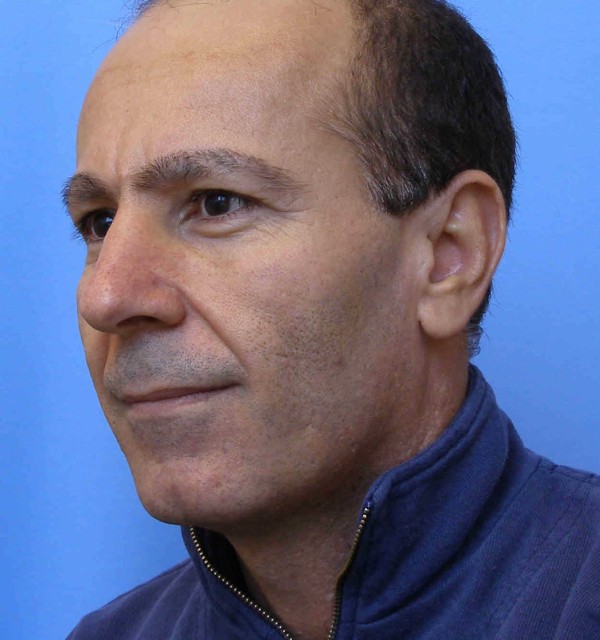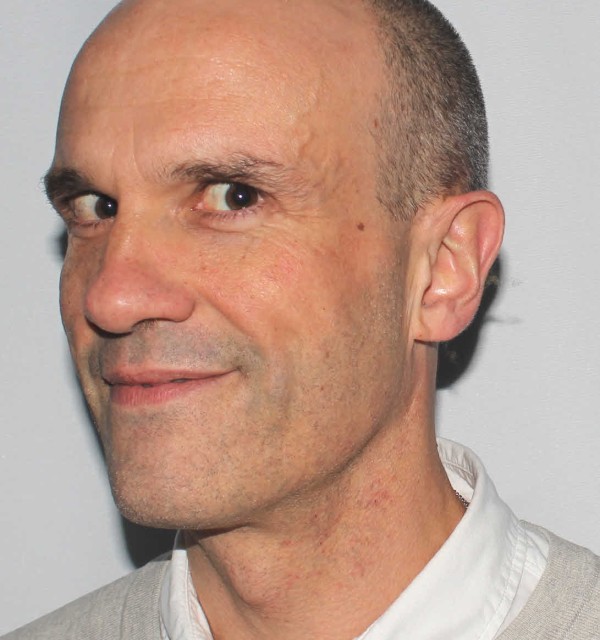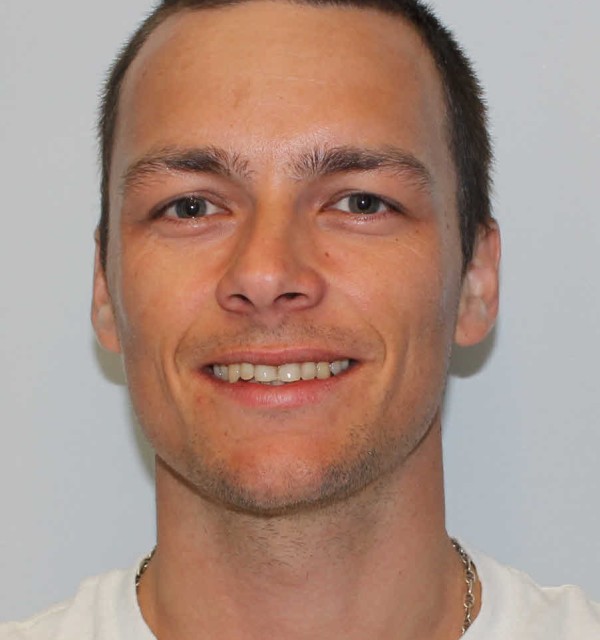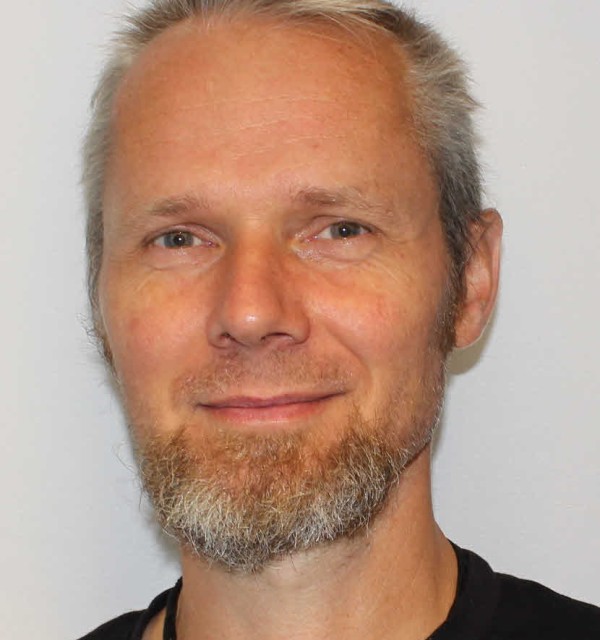Our research group has competence on design, analysis and testing of materials and structures. The current research and development activities in our group can be divided into concrete structures and technology, wind engineering and extreme loads, fatigue and structural integrity.
14 (Professor: 5, Assoc Professor: 3, Adjunct Professor: 4, University lector: 1)
6
13
Concrete structures and technology

We work on a wide range of topics on concrete structures in onshore and offshore including cracking behaviour of reinforced concrete structures, condition assessment and control of structures, environmentally friendly building materials, optimization and digitalization of structural engineering applications and low carbon concrete.
Cracking behaviour of reinforced concrete structures

Cracking has a significant impact on the durability of reinforced concrete structures causing high intervention and/or repair costs. There are numerous causes for initiating the cracking over concrete surfaces. During our research, cracking behaviour of reinforced concrete structures due to service load is investigated using experimental campaign and nonlinear finite element simulations.
Condition assessment and control of structures
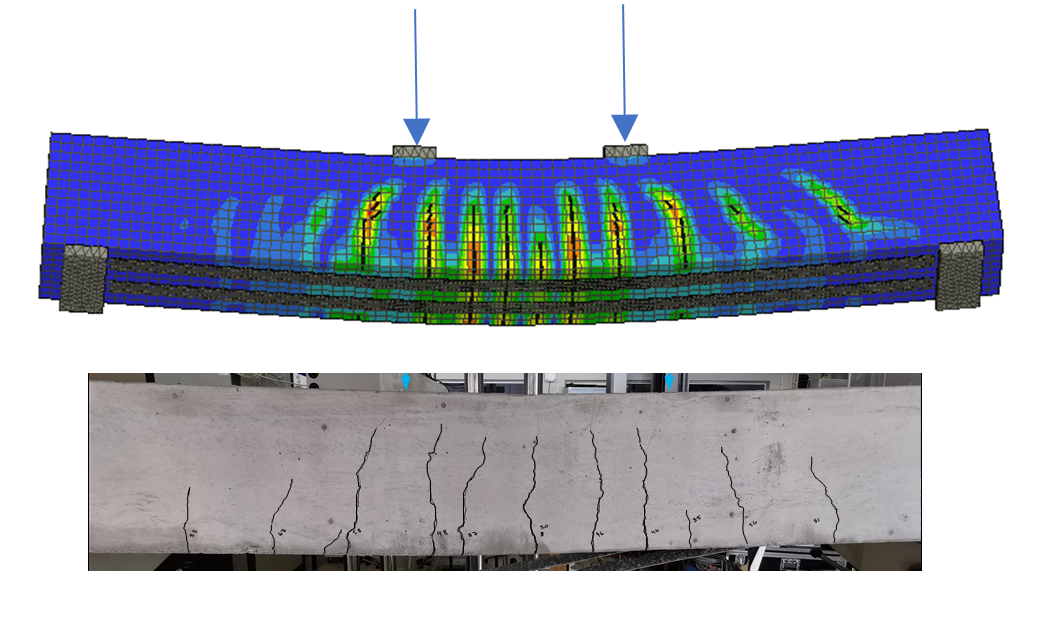
Condition assessment of the existing structures covers the area of inspection, detail assessment and repair/rehabilitation of the structures. Reinforced/pre-stressed concrete structures are deteriorated with time due to different deterioration mechanisms. The corrosion of the rebars/pre-stressing tendons is one of the deterioration due to chloride ingress and carbonation. Our research team studies the condition of the reinforced concrete structures which are subjected to chloride ingress and carbonation. We also conduct research on the strengthening of reinforced concrete beams using CFRP composites.
Green transition; environmentally friendly building materials and applications
The practice of linear material consumption has been increasing due to the growth of the economy, population, and urbanization. As a result, substantial waste is released to the environment. A significant amount of waste is dumped in landfill without an assessment of opportunities to convert it into valuable materials/products. We research on the potential use of industrial waste to make geopolymer concrete and the use of recycled fibre instead of commercially available steel fibres. We collaborate with internally with Department of Energy and Petroleum Engineering, UiS and externally with Manchester University, UK and University of Hokkaido, Japan to develop geopolymers for construction industry.
Optimization and digitalization structural engineering applications
Generative design, machine learning methods and Building Information Modelling (BIM) help to optimize the structural design. We investigate how to integrate different digital tools to optimize the structural design effectively and efficiently.
Development of low carbon concrete and damage evolution due to cyclic loading
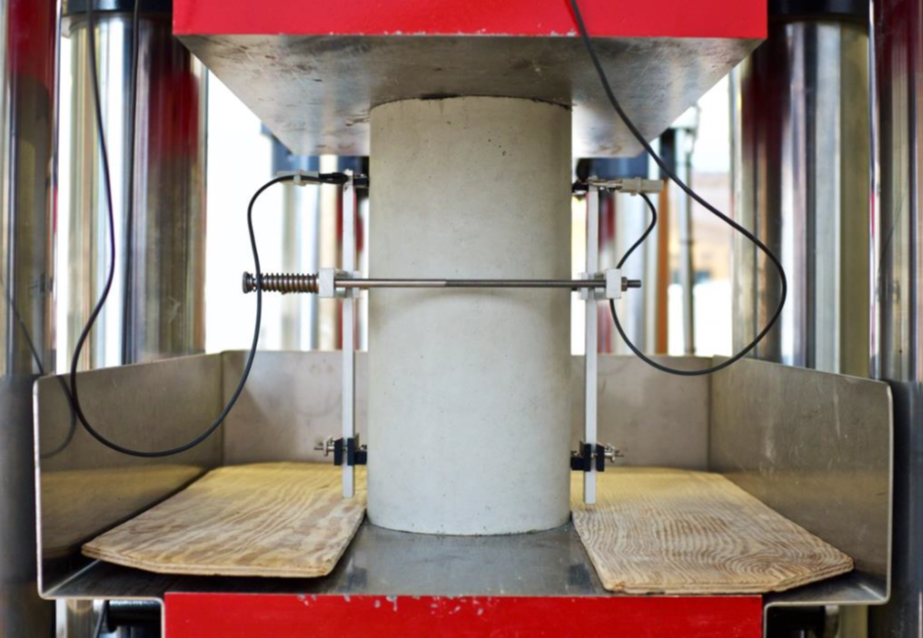
Offshore gravity-based structures and in particular wind turbine foundations are subjected to cyclic loading during its service life. We conduct research on the durability and mechanical properties of the low carbon concrete by considering possible damage evolution in the concrete under cyclic loading. During this research, we collaborate internally with Department of Energy and Petroleum Engineering, UiS and externally with Manchester University, UK.
Contact:
- Professor Samindi Samarakoon
- Adjunct Professor Kjell Tore Fosså
- University lector Guillermo Rojas Orts
Wind Engineering and Extreme Loads
We work with a broad range of dynamic effects on structures, especially the effects of natural wind on slender structures and the effects of impact loads due to collision, explosion etc.
Wind effects on structures
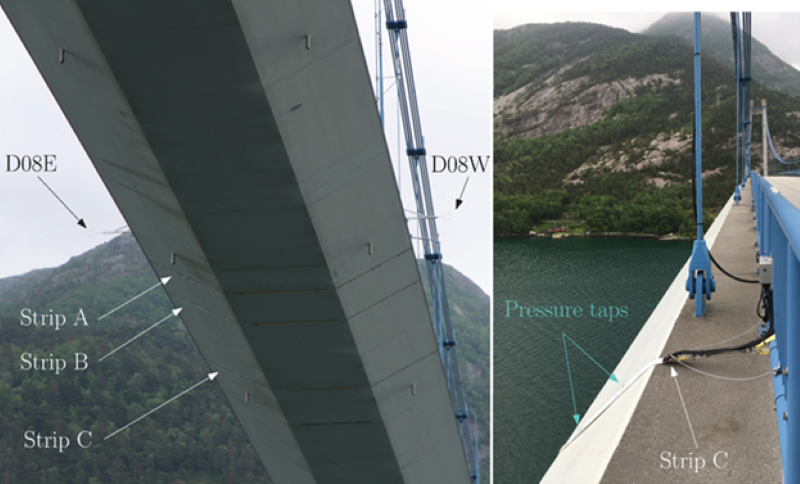
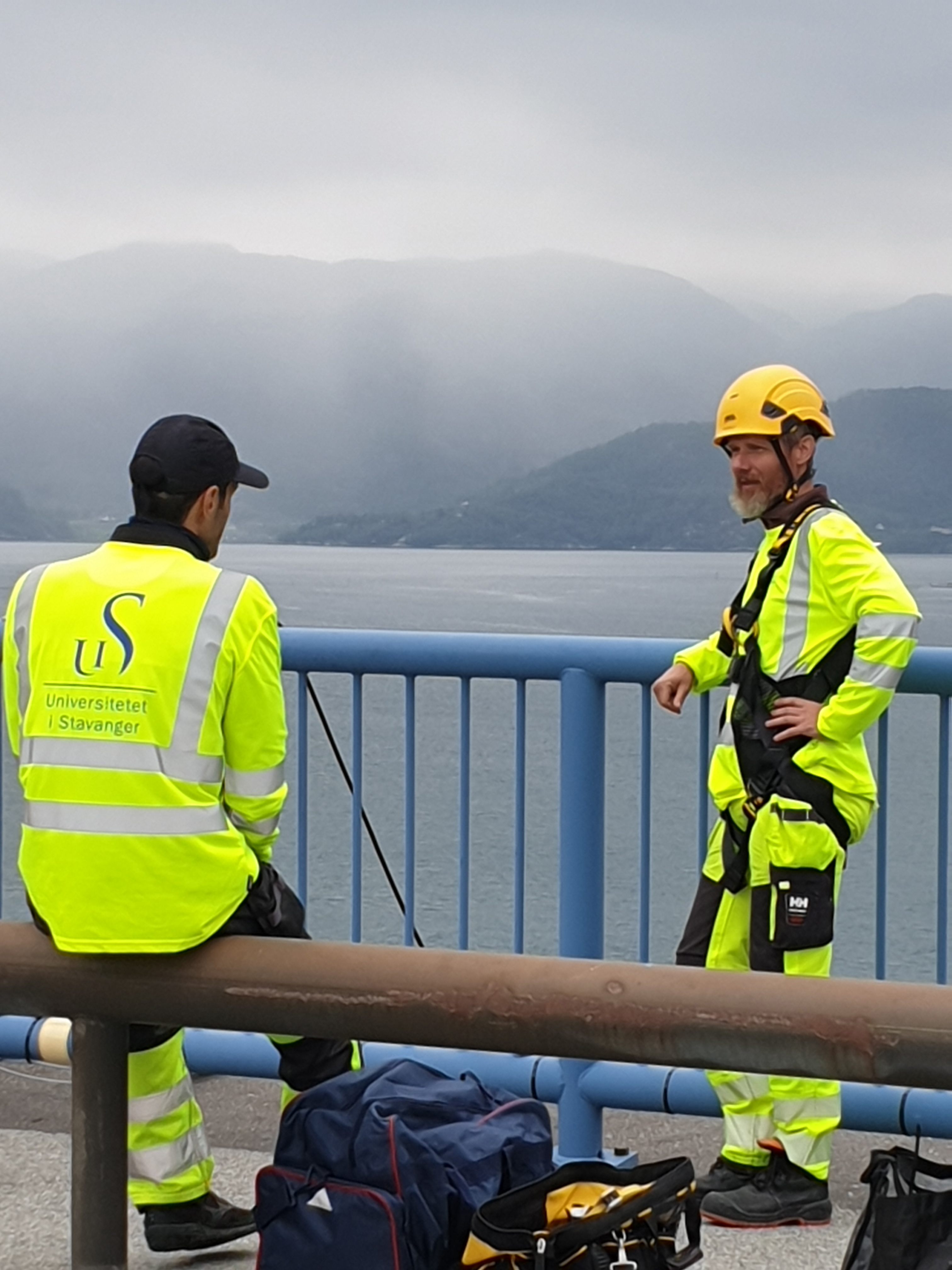
We work with the modelling of wind loads due to turbulence and the wind-induced response of long-span bridges. We integrate the computational and the experimental studies. Since 2013, we have been developing the full-scale wind and vibration laboratory at the Lysefjord bridge outside of Stavanger, with support from the Norwegian Publica Roads Administration. The measurements address the knowledge gaps on wind characteristics in a complex fjord environment and the full-scale bridge aerodynamics. The analyses of the recorded ambient vibration data include identification of built-in structural dynamic properties, heavy vehicle tracking etc. Read more aboute the monitoring system.
In collaboration with our research partners (Technical University of Denmark, University of Bergen and NORCE) we have pioneered applications of lidar wind measurements at a bridge site. We use optical wind sensing to map the undisturbed wind turbulence and to monitor the wind-bridge interaction in the areas inaccessible by traditional sonic anemometry.
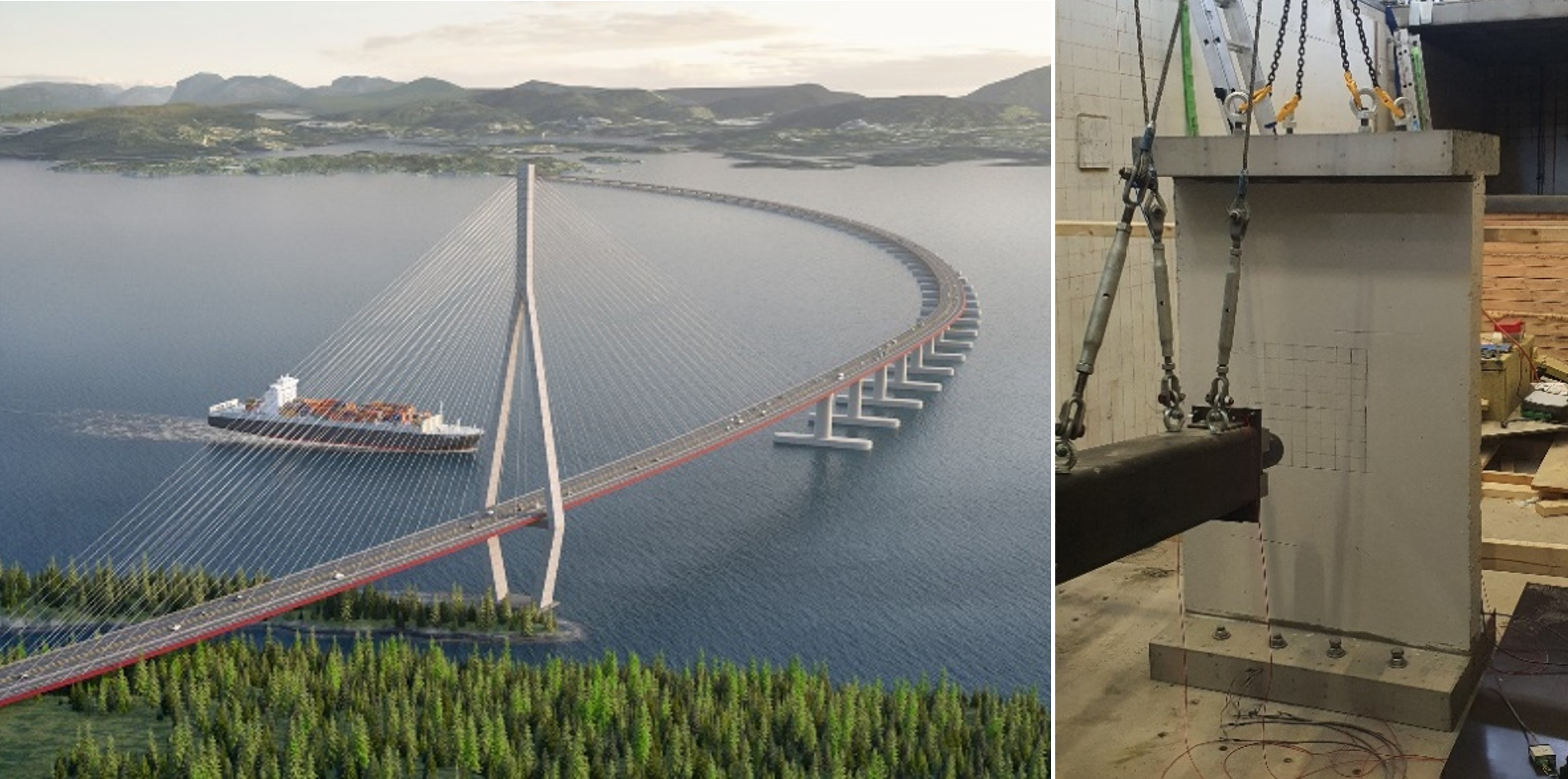
Our related work concerns aerodynamics of bridge stay cables in the so-called drag-crises range and a study of the rain-wind induced stay cable vibrations.
We also work with wind load and response modelling of floating bridges and offshore wind turbines.

Extreme loads on structures
Our work aims to understand the dynamic behaviour of structures under extreme loads and to design the structures against such loads. Our research covers a wide range of civil and marine structures including bridges, tunnels, wind turbines, ships, pipelines, and offshore platforms. We mainly work on blast and impact loads on structures, and structural response under multi-hazards through experimental tests and numerical simulations.
We also investigate material behaviours under dynamic loads. Concrete and steel materials are the main focus while other materials including FRP, timber, aluminium, and glass are also of interest. More information: https://www.ux.uis.no/~yanyan19/
Contact:
- Professor Jasna Bogunovic Jakobsen
- Associate professor Yanyan Sha
- Professor Jonas Snæbjørnsson
- Adjunct Professor Jungao Wang
Fatigue and structural integrity
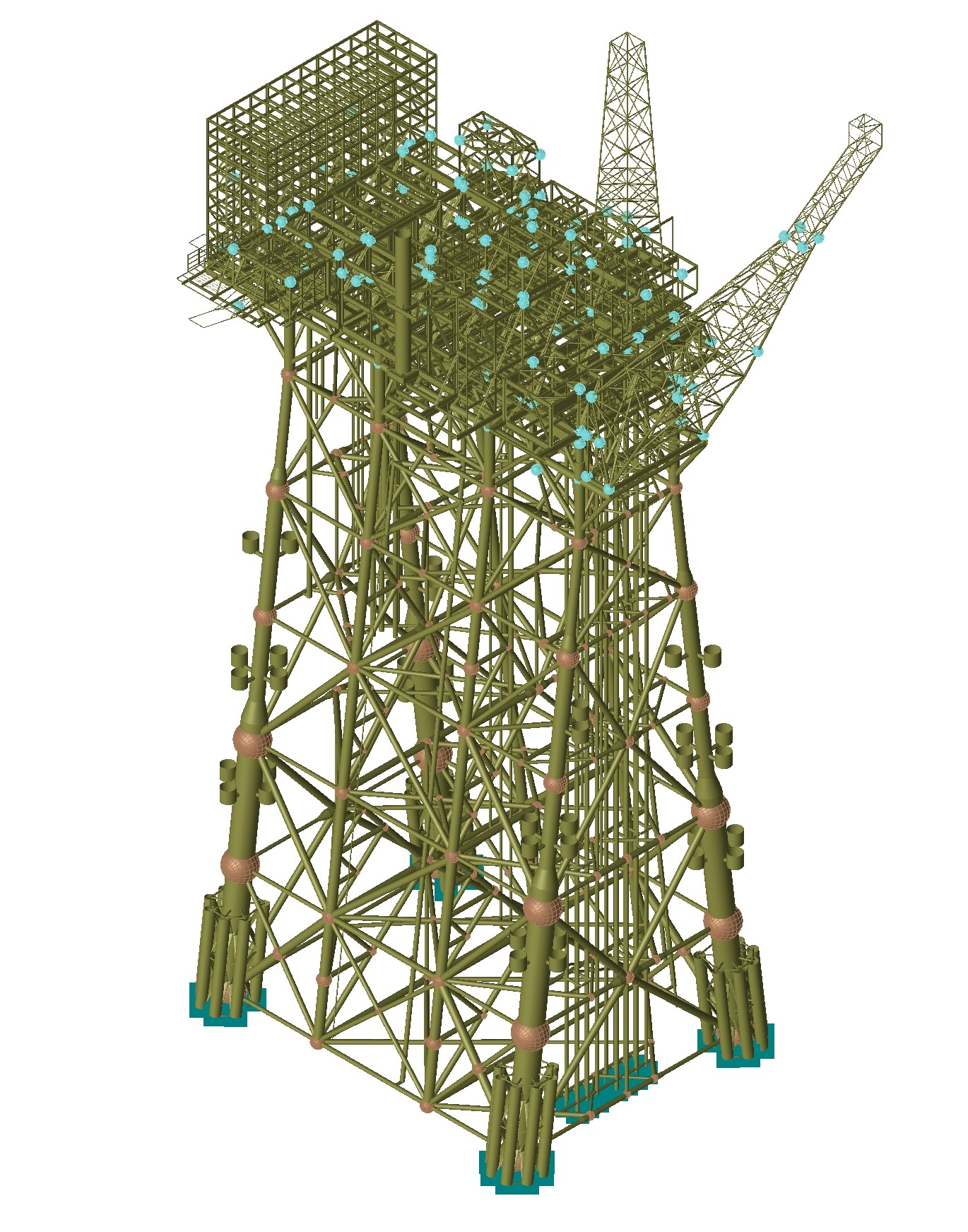
We work on a broad range of topics including assessment of structures and life extension, sustainable and environmentally friendly structures and structural integrity for renewable energy.
Some of the members of structural engineering group are active researchers of the fatigue and structural integrity research group Fatigue and Structural Integrity Group (FSIG-UiS).
Assessment of structures and life extension
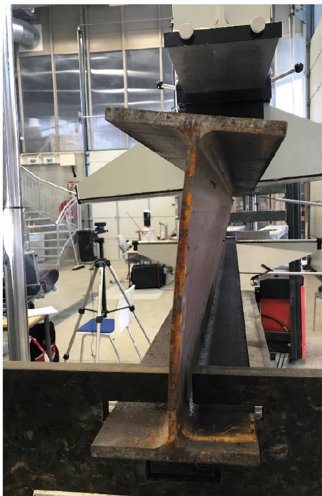
Responsible authorities for onshore and offshore structures are paying significant attention to the ageing issues, as most of these structures worldwide are reaching or have already exceeded their design life. Replacement of all of these is challenging, due to environmental and economic issues during both the decommissioning and the new construction. The cost for strengthening and extending the lives of bridges are less than 5% of the total cost for new constructions. Fatigue and environment-assisted (EA) degradation are identified as the main ageing mechanisms for these structures (i.e. fatigue & corrosion damages of offshore structures: 25% and 8% respectively; fatigue & EA damages of bridges in Europe: 38% and 32% respectively).To fill the research and knowledge gaps in this area, we are doing research on, (i) Structural integrity management and life extension guidelines, (ii) Improvement of stress-life approach and multiaxial fatigue damage models, (iii) Practices for the assessment of defects in pipelines and fracture control concepts, (iv) development of fatigue damage assessment and modelling techniques/tools for structural details, (v) development of frameworks for recognizing and analyzing the effect of EA damages of steels structures, (vi) Investigation of hydrogen embrittlement susceptibility of structural steel, (vii) Improvement of digital twin-based process for facilitating and optimizing the process of structural integrity assessment.
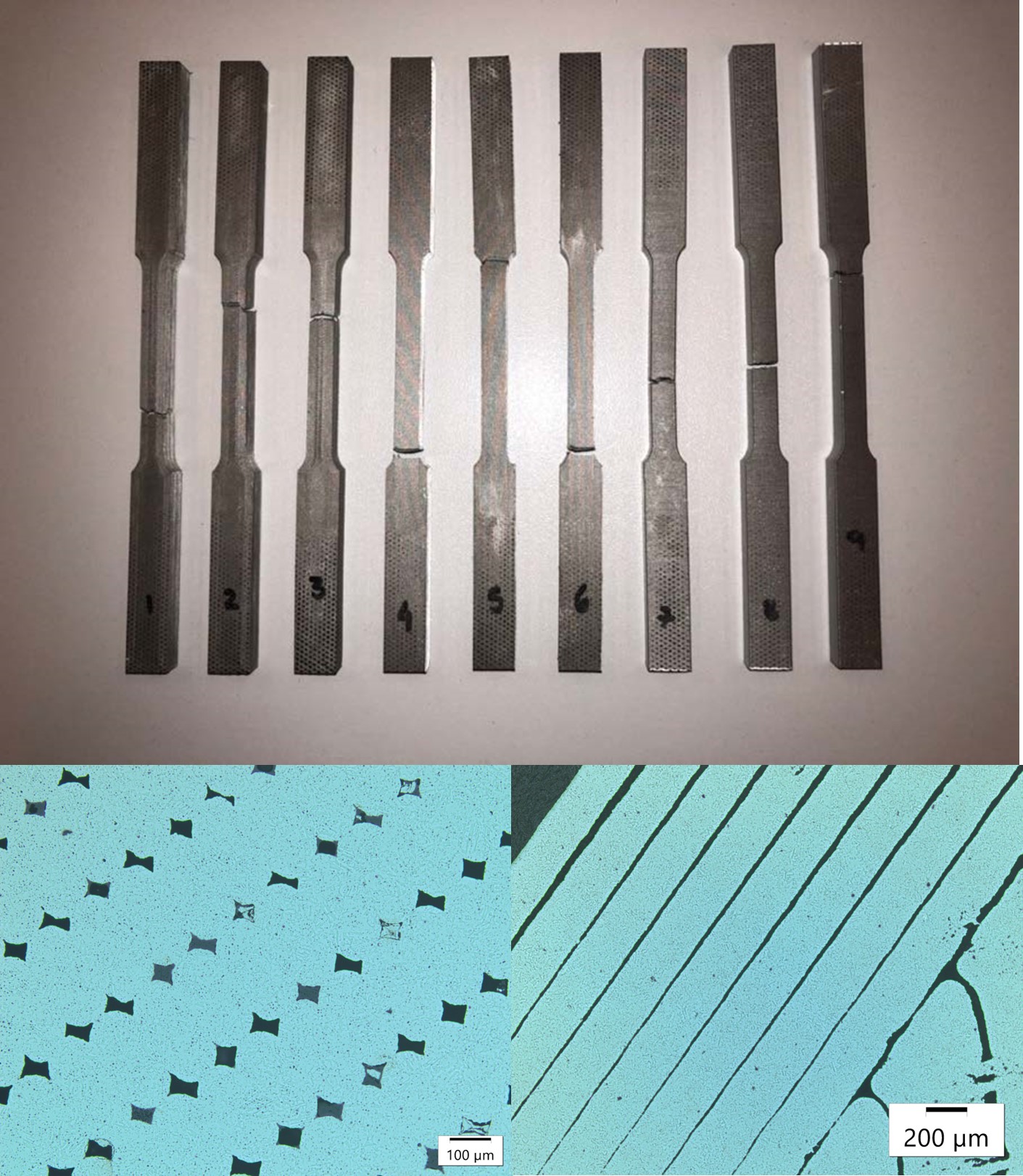
Sustainable and environmentally friendly structures
The steel and concrete industry require quite a lot of energy which significantly affect the global CO2 emissions. Therefore, alternative building materials are currently of high importance for environmentally friendly structures. Timber, Aluminum and composites are few of the possible green building materials and is currently used in green building projects. To fill the research and knowledge gaps related to integrity aspects within this area and the competence development in the industry, our team is currently working on (i) structural integrity assessment of additively manufactured materials and components, (ii) fatigue assessment of long-span bridges with an orthotropic aluminium deck, (iii) assessment of load capacity and structural response of timber-concrete composite components. Recently started to conduct research on (i) developing the guidelines for re-using offshore steel for structural components of environmentally friendly buildings.
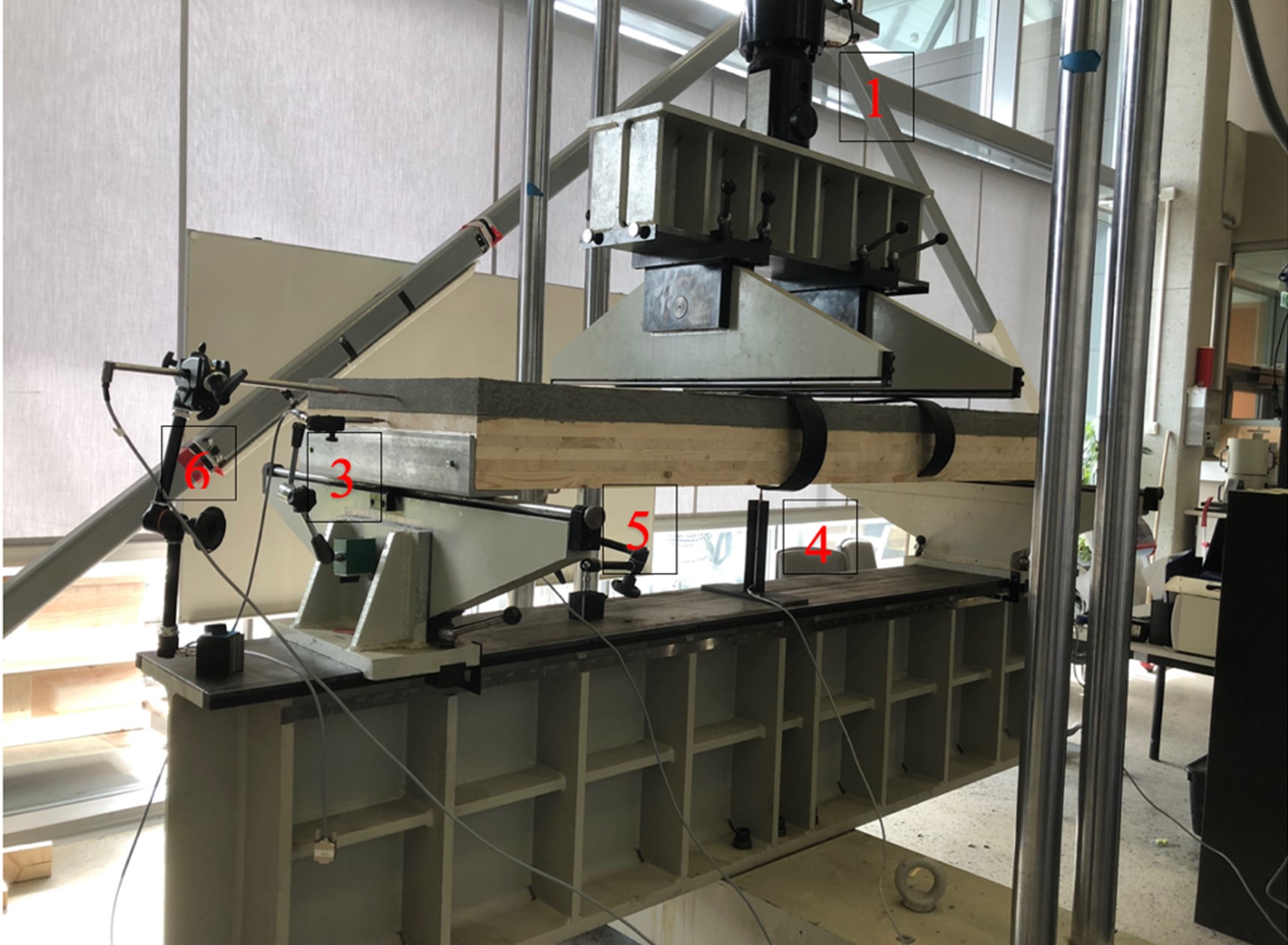
Structural integrity for renewable energy
Our research group recently started to conduct research and development activities related to green energy sector based on existing research competences in our group within fatigue and fracture of offshore pipelines and EA cracking of structures. The new topic areas are (i) Integrity assessment of offshore pipelines for Norwegian carbon capture and storage and hydrogen transport, (ii) studying the fatigue life assessment of a wind turbine substructure due to the effect environmental assisted cracking.
Contact:
- Emeritus Professor Ivar Langen
- Professor Kenneth Macdonald
- Adjunct Professor Gerhard Ersdal
- Professor Sudath Siriwardane
- Associate professor Nirosha Adasooriya
- Associate professor Fredrik Bjørheim
Our research and development contribute to reach UN sustainable development goals
Projects
- BIM4PLACEMENT – European key competences in building and construction
- TEAL2.0
- New Cementitious Material for Oil Well Cementing Applications – SafeRock
- Norhed II: Enhancing Lean Practices in Supply Chains: Digitalization
- LIKE, Lidar Knowledge Europe, H2020-MSCA-ITN-2019, Grant no. 858358.
- MARINET2 Marine Renewable Infrastructure Network for Enhancing Technologies 2, H2020, Grant no. 31084.
- LOWT, Large Offshore Wind Turbines: Structural design accounting for non-neutral wind condition, NFR FRIPRO 2021, no. 325294.
- Wind Effects on Bridges, research project supported by the Norwegian Public Roads Administration, 2019.
- Ship collision with floating bridges, research project supported by the Norwegian Public Roads Administration, 2019.
- Risk acceptance criteria for ship collision with floating bridges, research project supported by the Norwegian Public Roads Administration, 2020.
- Aquaculture Living Breakwater for Coastal Protection and Sea Decarbonization, EEA AquaBreak (Bluegrowth Programme), project number EEA.BG.CALL2.026.2021, 2022.
- Fatigue capacity of suspensions bridges with an orthotropic deck in steel or aluminium, NFR, prosjektnummer: 311895, 2020.
- Upgrade and development of the educational offers in the areas of building information modelling and renewable energy sources, EEA grants, EOG/19/K3/W/0029, 2019.
- Fatigue testing of AL bridge deck details/joints (tests associated with AluBridge innovative Project), project funded by the Norwegian Public Roads Administration, project number at TN: OF-10929, 2022.
Researchers
PhD students and postdocs
Lab engineers
Related articles
Design, Modelling and Analysis of Combined Wind and Wave Energy Systems for Intermediate Water Depths
Chern Fong Lee has conducted research on the numerical modelling of Combined Wind and Wave Energy Systems for Intermedia...
Celebrating PhD achievements in circular economy and supply chain innovation
Noorhan Firdaus Pambudi and Kartika Nur Alfina have successfully completed their doctoral projects in the Department of ...
Yara's Birkeland Prize 2024 to Song Lu
Yara’s Birkeland Prize for 2024 in chemistry was given to doctor Song Lu for his thesis titled “Transition-metal-mediate...
Design optimisation for floating offshore wind turbines
Anja Schnepf defended her PhD-thesis titled "Design optimisation of Power Cable Configurations for Floating Offshore Win...
He has 3D printed a training model for spinal anesthesia
Øyvind Time's master's thesis can help make everyday life easier for healthcare personnel who must learn how to take a f...
Numerical modelling of floating docks
Jianan Zhang has performed research on the numerical modelling of the floating docks. On 31 May, she defended her doctor...
Successful UiS Aerospace rocket launch
The UiS Aerospace rocket launch took place successfully 27 April in Helleland.
Design of autonomous underwater vehicles
Yucong Ma has researched dynamic analysis and design of subsea shuttle tanker systems.
Receives award for innovation in computing
Professor Dimitrios G. Pavlou was recently awarded the prestigious Hojjat Adeli Award for Innovation in Computing.
Their article in Physics of Fluids was selected as “Featured Article”
Physics of Fluids (PoF) belongs to American Institute of Physics (AIP) academic journals and is traditionally known as o...
UiS researchers were awarded with scholarship
Only 34 young researchers around the world were selected to participate in the OMAE2023 Outreach for Engineers Forum. Th...
Large Offshore Wind Turbines: Structural design accounting for non-neutral wind conditions
How to reduce cost of energy for future large offshore wind turbines in free-wind and wake conditions by using full-scal...
Olympiad in Engineering Science summed up
Scientists and engineers from all over the world were gathered in Olympia in Greece to take part in the first ever engin...
UiS takes part in research on Arctic shipping
The goal is to find environmentally friendly solutions for shipping and transport in Arctic waters.
3 million for green offshore research
UiS researchers got funding for Polish-Norwegian collaboration.
From Ethiopia to UiS to study mechanical engineering
Three doctoral students and two master students share their experiences after one semester with engineering studies at t...
Students visited Rosenberg
28 students participated in a trip to the Rosenberg Worley facilities in Buøy.
Won Innovation Award for master's students
On the 25th of October 2022, Izwan Ahmad was awarded the 2022 Innovation Awards for master’s students by Rogaland county...
Won prize for best abstract
PhD candidate Bernardo Costa came out on top in the competition for best extended abstract during a wind engineering con...

